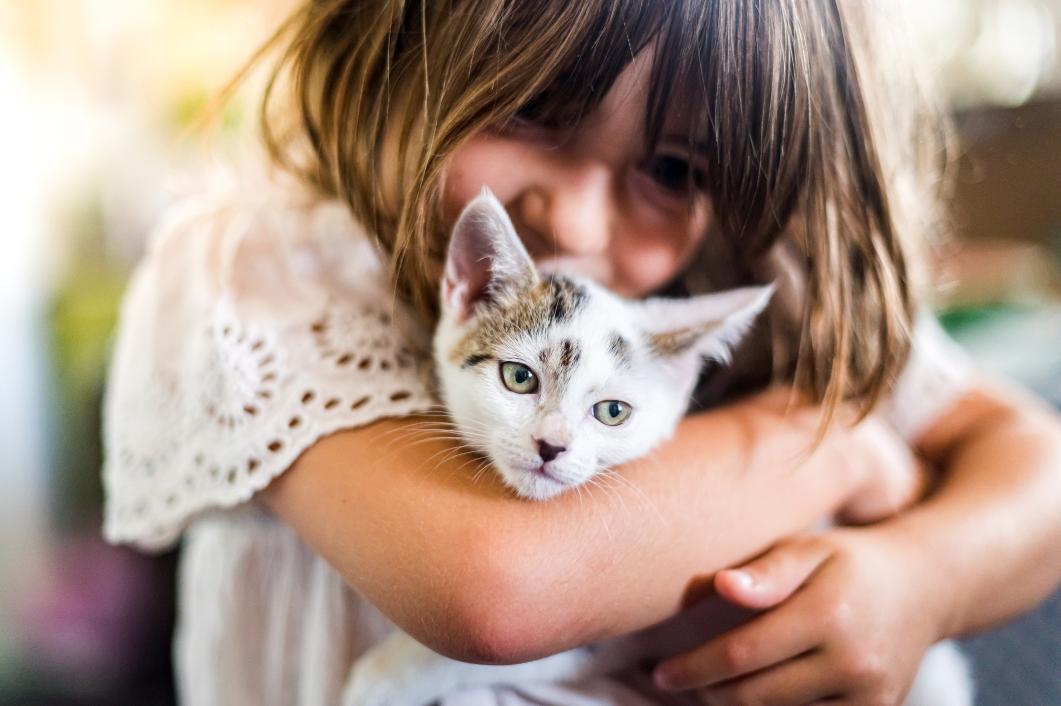Pet Adoption: A Step-by-Step Guide to Finding Your Shelter Companion

If you have the time, resources, and room in your heart to adopt a pet from an animal shelter, you might feel tempted to rush out and bring home your furry friend now. But the team at Bayside Animal Hospital invites you to slow down and read our step-by-step guide to adopting a pet from a shelter.
Pet adoption is a big responsibility, after all, and rescue pets need extra TLC. Here’s what you need to know as you start on your incredible pet adoption journey:
Finding the Perfect Pet: Your Guide to the Shelter Adoption Process
1. Know Before You Go: What Type of Pet Would Be a Good Fit?
From cats and dogs to birds and hamsters, there are plenty of pets that end up in shelters. Spend some time thinking about which type of animal you’d love to welcome into your home. Once you narrow that down, consider the breed or personality that would fit your lifestyle.
Do you love getting outside and moving your body every day? A young, active German shepherd or labrador retriever mix could be a great fit.
Would you rather spend time cuddled up on the couch at home? You’ll want a snuggly cat or dog. While smaller dogs might be easier to snuggle, we know plenty of big dogs with a huge cuddling streak.
Think about the size of your home, too. How much space can you offer a pet? How easy is it to access outdoor spaces to run and play with your pup?
Once you know the answers to these questions, you’re ready for the next step.
2. Prepare For Financial Responsibilities
One of the many benefits of adopting a shelter pet? It costs a lot less than buying an expensive dog from a breeder. But becoming a pet parent still costs money, and the adoption process typically comes with a fee.
This fee is usually between $50 and $300. It empowers the shelter’s pet care by helping pay for the food, medical attention, and housing given to shelter animals.
You’ll also need to think about these fees:
- Spaying/neutering—$25 to $600, depending on where you go
- Preventive care—$250 to $1,500 for things like wellness checkups, vaccines, bloodwork, medications, and parasite preventives
- Dog food and other supplies, like bedding, brushes, and toys—budget $100 a month for these expenses if you have one pet, more if you have two
Consider getting pet insurance that covers preventive care to help foot these costs. You can also ask the staff at the shelter if there are any local programs that help loving pet parents afford these expenses.
3. Review Your Local Animal Shelter’s Specific Steps to Adoption
Shelter volunteers and veterinarians want to know that the pets they care for will go to loving, caring homes. Because of this, shelters almost always have a multi-step adoption process.
The pet adoption process might look something like this:
- Fill out an application
- Attend an interview with the shelter manager
- Spend supervised time with the animal at the shelter
- Undergo a background check
- Complete a successful two-week home visit
- Sign the paperwork to bring your new friend home for good
Reach out to your local shelter or animal rescue and ask what their process looks like.
The Most Important Step in Saving Shelter Animals: Finding a Vet!
Last but far from least, you’ll need to find a veterinarian for your newly adopted pet. If you live in the Sacramento area, the veterinary team at Bayside Animal Hospital would be happy to care for your shelter pet. Contact us today to learn how we can help.


